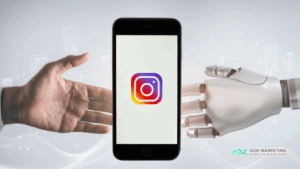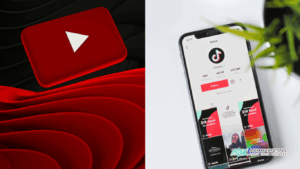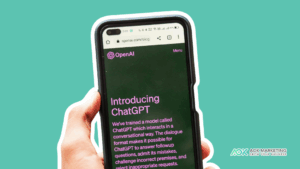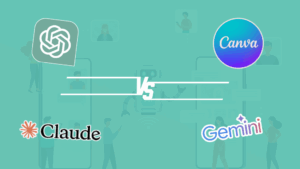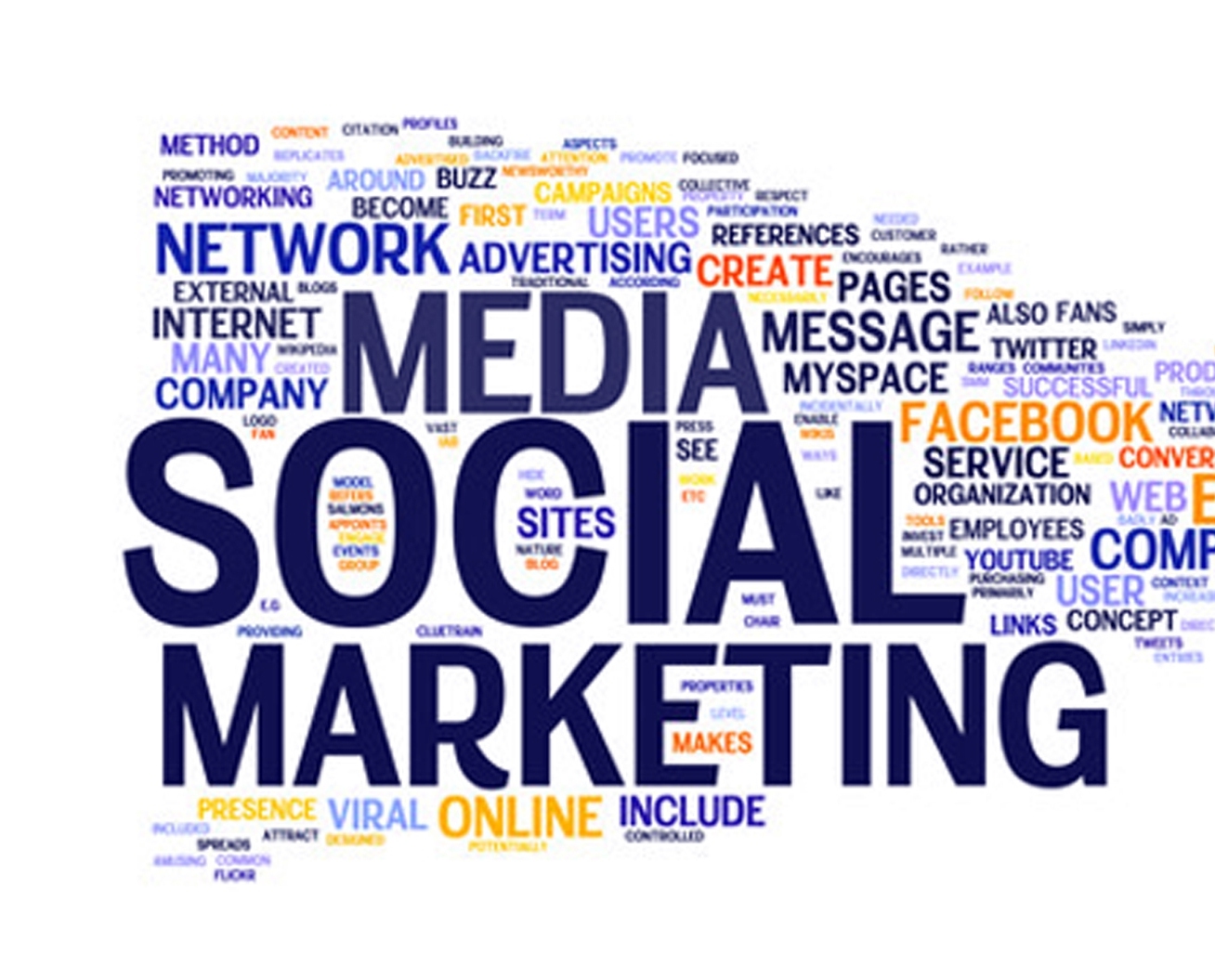
So what trends do you need to keep track of? It’s a good question; we attempt to answer it by:
- Looking at the major trends in social media marketing
- Understanding how social marketing affects all the stages of a buyer’s journey
- And finally the recommended tactics for each social media platform
Social Media Trends for 2016
1. Live Streaming Video
Live streaming is the big thing in social marketing this year. Apps such as Periscope and Meerkat have taken the online world by storm. These apps let brands communicate with customers via a live unfiltered and unedited video feed. Neither of these apps has taken over the live broadcast space yet so try to keep both in mind when forming your social media strategy. Here are a few facts about these powerful apps:
Periscope:
- Owned by Twitter
- iOS and Android versions are available
- 2 million active users
- 40 years’ worth of live video is watched every day
- Available in 25 languages
Meerkat:
- iOS and Android are available
- 2 million users
- More than 100,000 videos streamed
- Only English version is available
2.Real Real-Time Engagement
Real-time engagement is becoming the lifeblood of social media interactions. 70% of your Twitter users now expect a response to queries directly from the official brand handle. 53% of them are expecting a response within an hour or less. If the message content is a complaint, this number rises to 72%.
Increasing response time should be one of the top priorities of your social marketing strategy in 2016. You can easily use various marketing automation and social listening tools to lower response times. Keeping up is easier once you have the strategy and automation functions in place.
3. SEO
Optimizing organic content is necessary if you want higher online visibility. Last year, from our experience as the best SEO company Toronto has, we saw the focus move from text-based content to visual content. Social media doesn’t directly influence your search engine rankings but social signals are a definite factor. If more people are sharing your content and people end up visiting your website, then your ranking will be affected.
Increasing your search engine rankings will boost traffic significantly; according to statistics, about 33% of search engine traffic goes to the first result displayed on the page.
4. Mobile First
According to Global Web Index, 87% of internet users own a smartphone. This signals a huge shift in the online marketing landscape. The mobile-first Internet has arrived. Smartphones will take over the Laptop/PC numbers pretty soon if these trends continue.
A mobile-first strategy has become a necessity instead of an option. Last year, mobile traffic overtook traffic from traditional PCs/laptops. With the rise in the number of smartphones, tablets and wearable tech, companies can no longer afford to have a desktop-centric marketing strategy.
Millennials are a generation which is highly mobile-focused, 87% of them admitted that they never leave their smartphone behind and 14% said they would not buy or use a brand which does not have a mobile app or at least a dedicated mobile site.
5. Data-Driven Decisions
Data has taken out much of the guess work involved in social media marketing. Refine your strategy using social media analytic. Most platforms have built-in features which let you understand what your followers like and dislike. It makes it easy to measure and track social media success. Consumer preferences are clearly reflected in your social media data. These insights allow you to build more lasting relationships with your customers.
Using Social Media at Every Step of the Buyer’s Journey
Social media influences every stage of the buyer’s journey. The only way to keep up is to link every stage to a social media target, activity and relevant social KPIs. This sounds daunting but things get clear once you think about them.
Stage 1—Create Awareness
- Focus of Social Media Strategy: Exposing your target market segment to your brand’s content
- Social KPI’s to Measure: Reach and total impressions
- Marketing Activity: Posts, promotions, boosts, paid social media ads
Stage 2—Generate Demand
- Focus of Social Media Strategy: Get target audience to engage with your brand’s content
- Social KPI’s to Measure: Total number and type of engagements
- Marketing Activity: Posts and responses
Stage 3—Drive Conversion
- Focus of Social Media Strategy: Drive your target audience to product/service offers
- Social KPI’s to Measure: Number of clicks
- Marketing Activity: Posts and promotions
Stage 4—Delight
- Focus of Social Media Strategy: Drive up engagement with the product/services
- Social KPI’s to Measure: Number of positive mentions, customer care metrics such as times, quantity, responses
- Marketing Activity: Maximize social customer care metrics
Stage 5—Inspire Advocacy
- Focus of Social Media Strategy: Turn customers into influencers
- Social KPI’s to Measure: Earned reach, earned impressions, User-generated content on social media
- Marketing Activity: Posts, re-shares and outreach to major influencers
Platform-Specific Social Media Marketing Tactics
1. The Best SEO Tactics in 2016
Periscope
Social media affects your Google rank because people use social media platforms as search engines. You can save Periscope broadcasts by enabling the Autosave function. Take you time to edit and polish up the videos and upload them on Youtube. Another trick is to write a blog post to accompany the video or write an accurate transcript.
Snapchat
High engagement on Snapchat will boost search engine rankings. Try to increase Snaps per view and use screenshots to measure user engagement levels.
Major search engines consider the Facebook presence as a ranking factor. Maximize your audience engagement on the Internet’s largest social media network.
Keep your Twitter account optimized because Google keeps track of Twitter presence when ranking websites and brands. 80% of consumers pay more attention to brands they follow online, so this will boost conversions as well.
LinkedIn has 433 million active users; a significant presence here can help improve your off-page SEO.
YouTube
Every month YouTube users make 3 billion search queries. Optimize video descriptions and maximize the “Relative audience retention” metric to boost SEO.
Google+
A higher number of +1s will boost SEO. Make posts public to ensure that they get indexed by Google web crawlers. Google pays attention to Google+ pages of businesses and extracts information about address, business hours, etc.
Activity on your brand’s Pinterest page is among the top 10 search engine ranking factors.
Instagram does not feature into SEO strategies because it’s an exclusively mobile platform. This might change in the future so try not to neglect it.
2.Building Brand Awareness Via Social Media Marketing
Periscope
Periscope is powerful because of the real-time communication capability and the large number of users (over 10 million). You can hold live conferences, focus group discussions, Q&A sessions, and more. The instant feedback can be insightful and enlightening.
Snapchat
Focus on creating entertaining and original stories. Announcements made in advance will boost user engagements. Try to feature special promotions and giveaways.
Brands spend 75% of their online time on Facebook marketing activities. Post links, images, take advantage of the newly launched customizations features. Link your Instagram accounts to boost cross-platform engagement levels.
More than half (67%) of the consumers following a brand use Twitter for customer service. Respond immediately and encourage followers to use the right hashtags when talking about your brand.
Post useful industry-specific content because this is essentially a network for professionals. You can also provide an inside look at the way your company functions.
YouTube
A typical corporate channel will get 2 million views on average. Try to host content which maximizes conversions and promotes your brand. Videos get more attention and a creative video can attract a lot of positive attention for your brand.
Google+
A branded webpage on Google+ ranks higher and helps boost the authors’ exposure as well.
This highly visual platform can help you connect with customers. Try investing in influencers to improve awareness about your products. Influencers have access to a highly engaged audience and can help promote your brand.
32% of US companies use Instagram to tell compelling stories and spread awareness about their brands.
3.Amp Up Your Customer Connection Strategy
Periscope
Live broadcasts help you connect with users instantly. The app is available in 25 languages, it makes your brand reach a global audience. During broadcasts viewers can interact with you using comments and live sketching.
Snapchat
Snapchat users view up to 8 billion videos every day. The majority of the user base is aged 18-24 years, which makes Snapchat the most popular Gen Y platform.
Reach out to customers using posts, messages and comments. Keep in mind customers are expecting a fast response to messages. About 25% of users use Facebook to complain about their experience with a brand.
Twitter can serve as a powerful customer service portal. Since 25% of service requests originate on social media, try to make Twitter a major part of your social customer care plan. Speed up response times because brands report a 15% increase in customer churn rate if they make Twitter followers wait too long.
Almost 91% of B2B companies use LinkedIn and 62% consider it a powerful marketing platform. Stay in touch with industry professionals and customers. Keep in touch using private messages and update company profiles/page regularly.
YouTube
Videos have one of the highest engagement rates of any content. The YouTube user base watches over 3 billion hours of video content. Videos get shared more and help spread your message.
Google+
Almost 500 million people use Google products, high engagement via Google+ gives you access to multiple Google channels.
A popular platform among the female demographic, Pinterest can help you connect to your female audience. Communication is purely visual so try to create interesting content. Try to link to your other social media accounts if you want to convey texts or details.
Brands can communicate by sharing videos, images, and messages.
4. Maximizing Social Media Traffic
Periscope
Generate traffic by sharing links to planned broadcasts. Attract viewers by creating engaging and exciting content. Track engagement levels by using live graphs and other metrics.
Snapchat
Provide links to your products and ask followers to screenshot all important snaps. Take all your interesting Snapchat content and post it on other social media platforms.
One of the largest traffic generation sources, Facebook can help you divert traffic to your main website. It is trying to stay ahead of the game by introducing advanced video features.
Use proper hashtags and visual content to maximize traffic on Twitter. Visual content increases click-through rate, is favorited 89% more and generates 150% more re-Tweets. Use Twitter ads to boost traffic.
LinkedIn is more effective at driving traffic than Twitter and Facebook. 64% of social referrals end up getting redirected to the brand’s main website.
YouTube
Video traffic from YouTube has the highest engagement rates. The visit time on average is around 4 minutes and a typical visitor views 3 pages before leaving the site. View counts and likes help you decide which kind of videos work best for your audience.
Google+
Referral is not the strong suit for this platform. However, regular updating can boost the referrals to a degree. Try smarter and targeted sharing by taking advantage of the circles feature.
About 5% of total visits are generated by Pinterest. This means a proper strategy can boost traffic and brand awareness.
There are no links which the user can click so CTR is low. You can add links to the bio and description but it doesn’t help provide much traffic. Communication can be enhanced by using infographics and screenshots.
Trends in online marketing, especially social marketing, tend to shift quickly. If you continue to operate according to outdated strategies your brand will suffer as well as your ROI. Try to remain aware of major industry trends by keeping up with authoritative blogs and reputable news sources.
About The Author
Dave Burnett
I help people make more money online.
Over the years I’ve had lots of fun working with thousands of brands and helping them distribute millions of promotional products and implement multinational rewards and incentive programs.
Now I’m helping great marketers turn their products and services into sustainable online businesses.
How can I help you?
